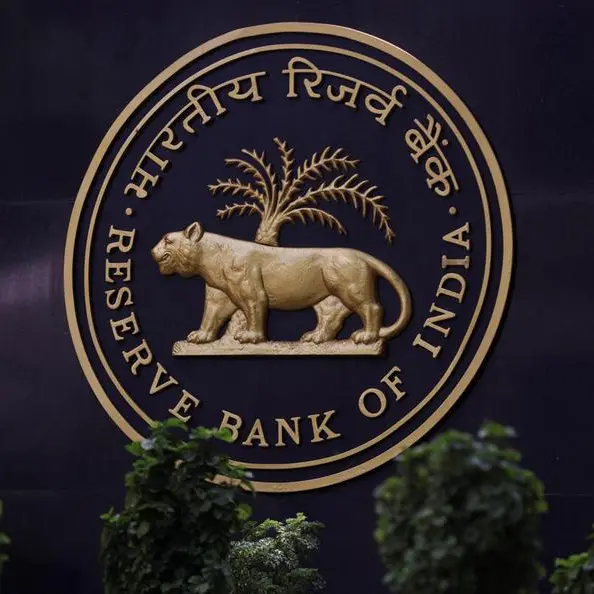PHOTO
16 February 2017
Money supply (M3) has edged up by 6.6% on an annual average basis in 2016, against +5% in 2015. This trend is mainly due to the sharp increase in net claims on the State ( + 21.8% or +2.792 MD) but also to the lending to the economy (+ 8.2% or + 5.247 MD), according to the note on "Economic and Monetary Developments and the Medium Term Outlook published by the Central Bank of Tunisia (BCT).
The currency, however, registered a significant destruction in relation to the decline in net receivables on the exterior of 2.854 MD.Deposits recorded a nearly generalised increase in 2016, compared to 2015. We notice, particularly, an acceleration of household savings notably in special saving accounts. This may reflect a pattern of saving reconstitution following wage increases at the beginning of 2016, according to BCT.
Credits to the economy were up in 2016 in a year-on-year basis, ending the year with an increase of 9.6% against + 6.2% a year before. This development is explained by the joint acceleration of credits to professionals and to individuals.
Credits to individuals increased by 87.7% between 2015 and 2016, mainly due to the significant increase in consumer loans.
As to credits to professionals, the bulk of their growth has been in the medium and long-term credits granted to the services sector and the short-term loans granted to the industry. It should be pointed out, however, that the increase in MLT credits to services is largely attributable to the banking financing of the acquisition of the 4G license by the three telecommunication operators.
Liquidity tensions re-emerge
After a slight easing in October 2016, liquidity pressures resumed in light of the restrictive effects arising notably from the persistence of an important current deficit, a significant increase in banknotes and coins in circulation and a more intensive use of the Treasury in domestic resources to fill the lack of external resources.
Monetary policy operations reached their highest level in December 2016 with an average of 7.476 MD, compared with 5.385 MD in December 2015, up by 2.091 MD.
The level of the Central Bank's intervention has helped balance the market and reduce fluctuations in the money market rate around the key interest rate, establishing the latter as a privileged instrument in the monetary policy conduct.© Tunis-Afrique Presse 2017
Money supply (M3) has edged up by 6.6% on an annual average basis in 2016, against +5% in 2015. This trend is mainly due to the sharp increase in net claims on the State ( + 21.8% or +2.792 MD) but also to the lending to the economy (+ 8.2% or + 5.247 MD), according to the note on "Economic and Monetary Developments and the Medium Term Outlook published by the Central Bank of Tunisia (BCT).
The currency, however, registered a significant destruction in relation to the decline in net receivables on the exterior of 2.854 MD.Deposits recorded a nearly generalised increase in 2016, compared to 2015. We notice, particularly, an acceleration of household savings notably in special saving accounts. This may reflect a pattern of saving reconstitution following wage increases at the beginning of 2016, according to BCT.
Credits to the economy were up in 2016 in a year-on-year basis, ending the year with an increase of 9.6% against + 6.2% a year before. This development is explained by the joint acceleration of credits to professionals and to individuals.
Credits to individuals increased by 87.7% between 2015 and 2016, mainly due to the significant increase in consumer loans.
As to credits to professionals, the bulk of their growth has been in the medium and long-term credits granted to the services sector and the short-term loans granted to the industry. It should be pointed out, however, that the increase in MLT credits to services is largely attributable to the banking financing of the acquisition of the 4G license by the three telecommunication operators.
Liquidity tensions re-emerge
After a slight easing in October 2016, liquidity pressures resumed in light of the restrictive effects arising notably from the persistence of an important current deficit, a significant increase in banknotes and coins in circulation and a more intensive use of the Treasury in domestic resources to fill the lack of external resources.
Monetary policy operations reached their highest level in December 2016 with an average of 7.476 MD, compared with 5.385 MD in December 2015, up by 2.091 MD.
The level of the Central Bank's intervention has helped balance the market and reduce fluctuations in the money market rate around the key interest rate, establishing the latter as a privileged instrument in the monetary policy conduct.© Tunis-Afrique Presse 2017












